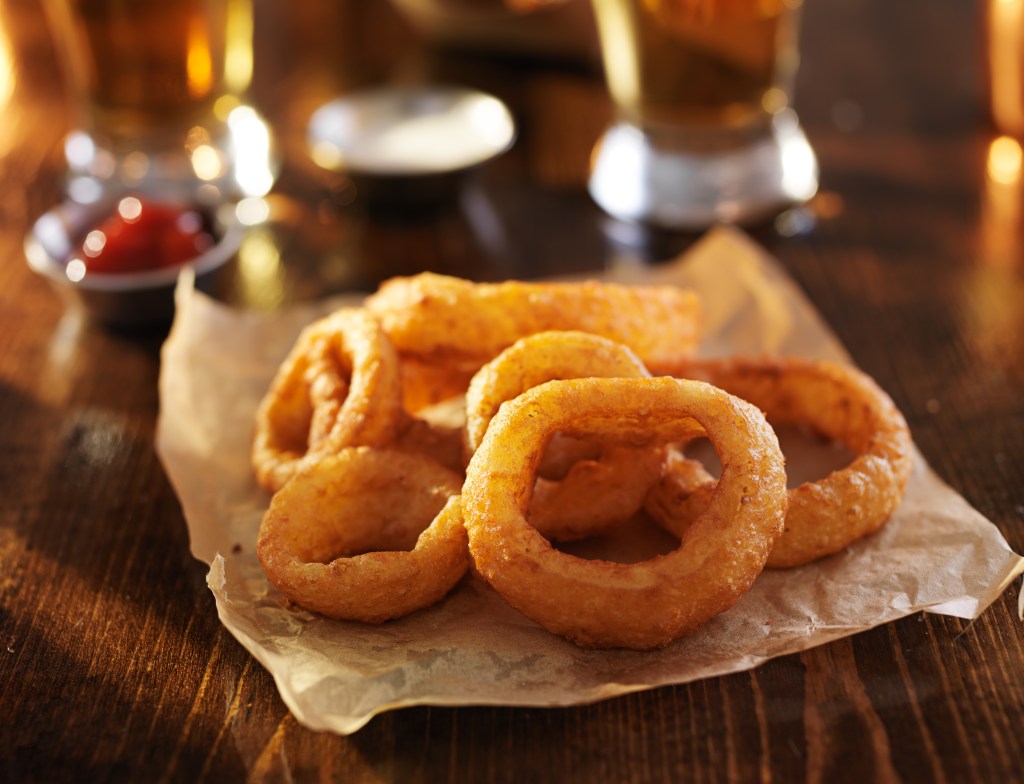Click and Collect – should it stay, or should it go?
When the pandemic hit, consumers were just starting to dip their toes into the e-commerce concept, and they may have been a part of a frequent shopper or loyalty program. Retailers had a shelf-first mentality.
These days, shoppers are enamored with the conveniences of ordering online and want to re-engage with the physical store. A few years ago, people were asking if brick and mortar was dying. I don’t think buying in a physical store will ever go away, but it will look much different.
Every store is becoming a miniature fulfillment center to accommodate same-day online orders from consumers that aren’t coming into the store. We’re starting to see these stores convert their floor space to increase the size of their backroom.
There are a few challenges with these new shopper journeys. Encouraging impulse buying, for one, is difficult to translate to an online environment. Online retailers and Instacart need to figure out a way to perfect point-of-purchase merchandising with A.I-driven recommendations, just as Amazon and clothing retailers perfected long ago.
Overstock no more: How the tech reset in-store will revolutionize retail
The shelf and the shopper’s experience will be taxed because of added pressure from a variety of new consumer fulfillment options. It’s important to understand the same consumer may be shopping in-store, online, and via click and collect. We not only have traditional retail shoppers coming into the store, but we also have three or four other people that are touching the shelf — for example, personal shoppers and store associates picking online orders.
Couple this new pressure with a retail labor shortage, and shelves aren’t getting stocked like they used to. The more people shop, the quicker the product turnover on shelf.
It’s imperative to understand that the historical velocities that we used to manage shelf inventory prior to 2020 for forecasts do not apply to current circumstances.
Grocery stores moved to a just-in-time inventory model that magnifies supply chain challenges when they happen.
Understanding where more inventory needs to be held on the shelf is critical to meeting shopper needs, enhancing the experience they have with the retailer and offsetting labor issues.
More trust is being put into the shopper to do what, only a handful of years ago, would have been the job of a store employee. Meijer has an app where you can scan items in your cart as you shop, More trust is being put into the shopper to do what, only a handful of years ago, would have been the job of a store employee. Meijer has an app where you can scan items in your cart as you shop, and you check out the app when you’re done. 15 years ago, that would have been unheard of for fear that shoppers would simply shoplift an entire cart full of groceries.
The world is changing, technology is getting better, and our retail experience will continue to evolve.

Need to revamp your on-shelf strategy?
Create a holistic approach to streamline your assortment.
Will variety be a COVID-19 casualty?
Throughout the pandemic, it didn’t matter what brand of toilet paper or pasta was on the shelf. You bought it due to scarcity.
Retailers rewarded manufacturers that stayed in-stock despite shortages, and those brands reign supreme on-shelf. While smaller third-tier brands certainly help with variety, the blue-chip brands of tomato soup, macaroni and cheese, and carbonated soft drinks are what keep the lights on; therefore, those products will continue to be the mainstay on the shelf. Retailers may decide they don’t need the eighth flavor of mac and cheese taking up precious shelf real estate, opting instead to drive that purchase online.
But small and medium size brands have a place on the shelf because they create opportunities for shoppers to discover new products and varieties. The key is understanding if those items are an incremental benefit to the category and — even more importantly — if they are part of an emerging trend that is important to category growth.
All retailers want highly incremental items in their shelf sets; but even an item with high (say, 60%) incrementality may not have very many in-store shoppers. Optimizing category performance requires finding the right balance between velocity and incrementality.
Brands also need to think about how they align their core attributes to what the next generation of shoppers find important, like sustainability. The most successful brands are the ones that attract their consumers at a very early age, build brand loyalty, and stay relevant. That is the tried-and-true formula; what’s new is the speed of change and decision making.
Unit sales of single serve products have spiked and softened, raising questions about their staying power as more Americans do not consider sustainability an acceptable tradeoff for convenience.
The new age of category management: Aisle management
Category management is evolving into aisle management. What does this mean? If you’re playing in one segment of beverages, you should be able to manage — or at least have visibility into — the entire beverage aisle for a few reasons.
1
If you don’t manage it, another manufacturer will dictate your space in the aisle.
If you look within the aisle where you compete to understand where you’ve got competitive strengths and weaknesses, you can identify how you can grow incrementally within the aisle. This is particularly important for second and third tier brands.
2
Retailers are always looking for incremental space.
If you’re creating line extensions or looking to explore whitespace opportunities in new categories, be sure there is a clear value proposition through marketing, product research, or product innovation, or else your brand is likely to get lost in the crowd.
3
If you show your retail partners where they can optimize and drive growth, you become a tremendously valuable resource to them.
For second and third tier brands in the trade-off categories, it is important to ensure you work with your trade partners to establish a clear point of differentiation between competitors at every opportunity, especially on-pack and in the online description. There are many ways to communicate product benefits, but if you’re not doing that, you risk losing share and becoming irrelevant.
Private label wins retail real estate
Private label quality is getting better. We’re even seeing price and quality tiers within private brands. The price is still lower than national brands, but in most categories, store brands have one of the largest brand shares. Every time national brands take their innovation to a retailer, it can feel like they’re showing their new items directly to their largest category competitor.
In the OTC pain relief category, roughly 35% of that category is private label and, depending on the retailer and channel, it can be over 40%. For all intents and purposes, private label is the largest brand in the category because the largest national brand has a 27% market share.
How brands can compete with private label
How do brands stay relevant? Continuously improving the core value proposition is crucial — whether it’s through positioning product benefits, consumer benefits, or packaging. Consumers aren’t blind to shrinkflation. They notice when you take servings out of your product. Brands and manufacturers can’t innovate or repackage without offering a benefit that consumers perceive as better.
True innovation meets an unmet need and prioritizes convenience and portability. As American consumers continue to have less time, convenience and portability will certainly be attractive points of differentiation.
Packaging is an interesting way to innovate or renovate your brand and enhance the consumer’s experiences with your product. Think about how genius it was to put a zip lock closure on a shredded cheese bag. You must improve the core value position to stay relevant and to continue to renovate.
Let’s not turn back time: Trade plans and promotions
The way manufacturers and retailers used to spend their trade dollars was very archaic. Historically, they rinsed and repeated whatever they did the year before, without any kind of understanding of how profitable one event was over another. Protecting share and driving revenue was all that mattered.
But you need to drive revenue and profit both for the retailer and for the manufacturer. That’s where having the capability to evaluate every promotion comes into play.
Consumers want you to be more personal: to move the needle, you’ll need to be much more targeted. Whether it’s through a retailer’s loyalty program or through some type of shopper marketing program, you have to have a strategic trade plan to drive profit for both yourself and your retail partner.

Looking to amp up your price and promotion strategy?
We can help with that.
About the author

Pete Conti, SVP, Analytics US
Pete Conti leads the CPG business in the company’s largest market. In his 20+ year NielsenIQ career, he held several leadership roles within the Assortment Practice Area and within NIQ Professional Services.
Conti helps client brands achieve their goals by generating outcomes and driving business improvements with their Pricing, Promotion, and Assortment strategies.
Prior to NIQ, the Chicago native spent 17 years at Jewel Food Stores. Conti earned a degree in Marketing from the University of Illinois at Chicago.


![Understanding your audience: The power of segmentation in retail [podcast]](https://nielseniq.com/wp-content/uploads/sites/4/2025/07/Podcast-Understanding_your_audience-The_power_of_segmentation_in_retail-mirrored.jpg?w=1024)
